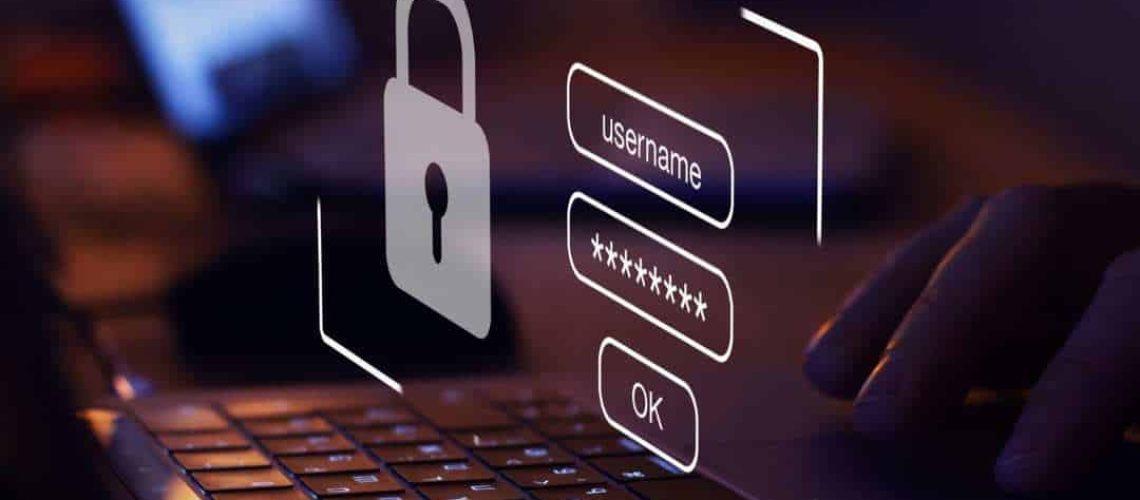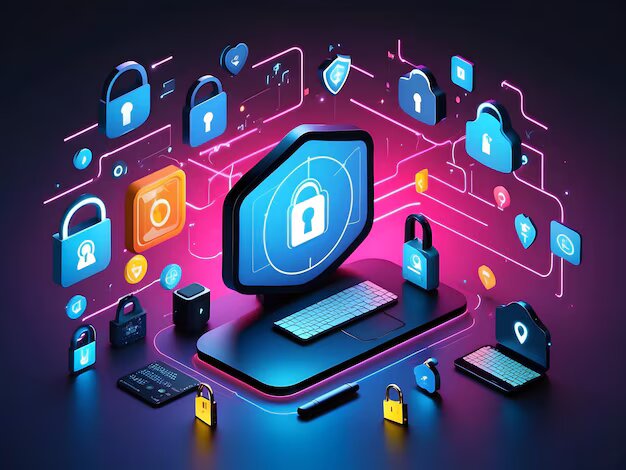A Constantly Evolving Threat
In today's digital world, cyber threats are omnipresent. Ransomware attacks occur every 11 seconds globally - (Kaspersky), and phishing, malware, and network intrusions target individuals and organizations alike. Recognizing these dangers, I have made it my mission to raise awareness and educate those around me: family, friends, and colleagues on adopting safer online practices. This security awareness project is an evolving journey, where I engage with users through interactive sessions, tutorials, and practical advice on how to protect themselves against the latest cyber threats. By sharing my knowledge, I aim to reduce the risk of attacks and enhance overall security behavior.
Security Awareness: My Approach
Over the months, I’ve developed an array of methods to communicate the importance of security in everyday digital interactions. From one-on-one coaching to group presentations, I employ diverse approaches to ensure the message resonates with different audiences. Below are some of the key components of my ongoing project:
Each of these initiatives serves as both a learning opportunity for myself and an impactful way to make a difference in my community by empowering users to take control of their digital security.

Interactive Sessions:
Live demonstrations where I highlight vulnerabilities and ways to protect against real-world cyber threats.

Educational Tutorials:
I create accessible tutorials that simplify complex concepts for non-technical users.

Security Tips and Posts:
Periodic posts, providing actionable security advice in digestible formats to help users improve their cybersecurity habits.

Demonstration Videos:
To demonstrate the impact of specific attacks, I’ve created a series of demo videos that simulate various hacking techniques in real-world scenarios.
Demo Videos & Tutorials: Unveiling Real-World Cybersecurity Threats
To further illustrate the risks posed by cyber threats, I’ve created several demo videos that walk through specific hacking techniques, their potential damage, and the countermeasures that can be taken to avoid falling victim to such attacks.

Click Me: The Hidden Danger of Phishing
Concept: In this video, made on: 01/24/2024, I demonstrate how hackers can compromise a legitimate link to track a victim’s IP address, browser details, operating system, and other key information, just by having them click on an altered link. This type of phishing attack can redirect users to an authentic-looking page to steal their credentials.
Vulnerabilities: Phishing exploits the human factor by leveraging trust in seemingly legitimate links. Most users are unaware of the detailed information that can be collected simply by clicking on a compromised link.
Dangers: A successful phishing attack can lead to identity theft, unauthorized access to accounts, and financial loss. Attackers use this information to target individuals or launch further attacks on organizations.
Protection Tips: Always verify the authenticity of links before clicking, enable two-factor authentication (2FA), and stay cautious of unsolicited communications. In this demo, I also share tips on recognizing phishing attempts through subtle clues in emails and URLs.

Remote Control & Antivirus Bypass: The False Sense of Security
Concept: In this thrilling demonstration, made on : 10/21/24, I reveal how hackers can bypass popular antivirus solutions like Windows Defender to remotely take control of a Windows machine. Through advanced techniques, I demonstrate how attackers can access webcams, files, and sensitive data undetected.
Vulnerabilities: Antivirus software alone cannot always stop advanced threats. Malware is often designed to bypass security controls or exploit weaknesses in the software itself.
Dangers: Gaining remote control of a machine can lead to severe consequences, including data theft, unauthorized surveillance, and the manipulation of critical systems.
Protection Tips: To defend against such attacks, I recommend combining antivirus with behavioral detection systems and regularly updating all security software and above all being very careful.

Cracking Wi-Fi: Breaching Network Security
Concept: Here, I show how a hacker could break into a poorly secured Wi-Fi network by cracking weak encryption protocols like WEP. I explore the dangers of Wi-Fi vulnerabilities and demonstrate how an attacker could access critical infrastructure like surveillance cameras and servers.
Vulnerabilities: Outdated security protocols, such as WEP, leave networks exposed to brute-force attacks, allowing hackers to intercept data or access the entire network.
Dangers: Once inside the network, an attacker could eavesdrop on communications, compromise devices, or manipulate the network infrastructure itself. This can lead to data breaches and even complete network takeovers.
Protection Tips: Using the latest encryption protocols, such as WPA3, is critical. Network segmentation and monitoring tools can also help detect suspicious activity early on. In this video, I provide real-world scenarios where compromised Wi-Fi networks have led to major security breaches.
Real-Life Security Awareness Sessions
Beyond the videos, I regularly host live awareness sessions with friends, family, and colleagues, often during weekends or holidays. One notable session was right after the "You Have Been Hacked" experiment, where I revealed the techniques I used to hack into their accounts. From 1 a.m. to 4 a.m., we explored the risks they faced and the steps they could take to protect themselves moving forward. These hands-on sessions cover a wide range of security best practices, with participants actively engaging and learning how to secure their digital lives more effectively.
The Evolving Nature of Security Awareness
The landscape of cybersecurity is constantly changing, and it’s essential to stay ahead of emerging threats. Through this ongoing project, I aim to not only improve my skills but also to contribute meaningfully to the security of others. By promoting good practices, educating those around me, and continuing to expand my knowledge, I strive to make a lasting impact on the cybersecurity awareness of my community.

